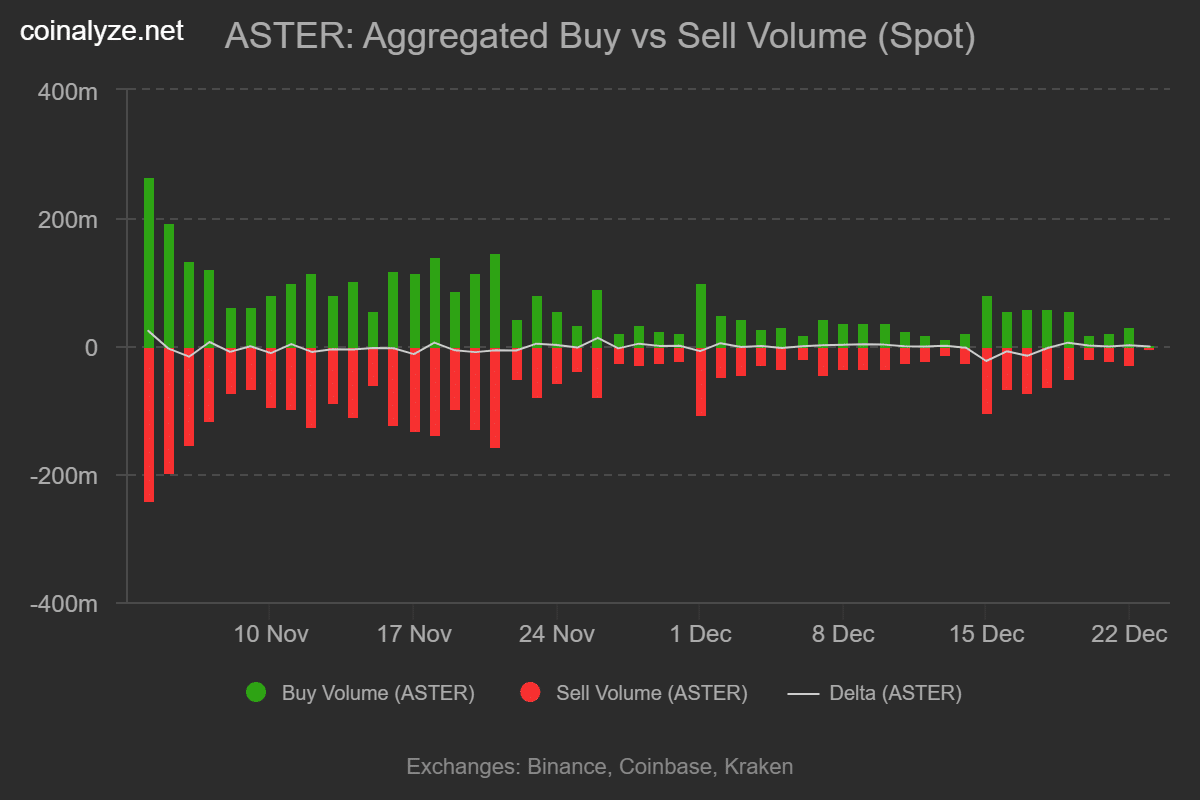The total assets under management (AUM) in the tokenization market reached a historic high of $270 billion, with more than half of that volume coming from assets on Ethereum.

According to Token Terminal, the combined volume of tokenized real-world assets (RWA), including currencies, commodities, government bonds, private credit, direct investments, and venture capital, surpassed $270 billion for the first time.
The growth was primarily driven by institutional investors, who are increasingly adopting blockchain technologies to issue and trade traditional financial instruments. Tokenization enables faster settlements, reduced transaction costs, and increased asset liquidity.
Besides, about $150 billion of the total sector volume comes from the stablecoin USDT. According to Token Terminal, the top five tokenized assets by AUM include:
- USDT on TRON;
- USDT on Ethereum;
- USDC on Ethereum;
- USDS on Ethereum;
- USDE on Ethereum.
In total, assets on the Ethereum network account for around 55% of the sector’s overall AUM, making the blockchain the key platform for tokenization. Ethereum’s popularity is explained by its mature smart contract infrastructure and wide range of token standards , which simplified the issuance of stablecoins and tokenized financial instruments.
Excluding stablecoins, by mid-2025 the market for tokenized real-world assets reached $24 billion, while the total RWA market cap grew to $233 billion, driven largely by the demand for fiat-pegged stablecoins.
Over the next decade, the strongest growth is expected in the segment of tokenized real estate, which could reach $4 trillion by 2035. Analysts at BIS describe tokenization technology as the foundation of the future financial system.


